Probiotics for Property Plumbing – Nature’s Cleaning power
DRAMATICALLY REDUCE MAINTENANCE COSTS BY USING MEGAMICROBES!
A common challenge for multi-resident, multi-story buildings is the frequency of plumbing repairs needed to keep waste water flowing freely out through drains, pipes, and outflow stacks. This problem can be especially acute in residential complexes where fats, oil and grease from in-home cooking accumulate all the way from kitchen drain traps to the common ground level drains.
Additional deposits of soap, hair, and other waste residue from bathroom showers, tubs, sinks and toilets add to the ongoing problem. Typically, this issue is dealt with as a maintenance budget line item for both plumber snaking at the unit level and the much more expensive jetting service applied to the inside of the common vertical outflow pipes, known as stacks. The annual cost for these services can easily top $10,000 or more, even in a modest-sized building with less than 100 units.
THERE’S A BETTER WAY!





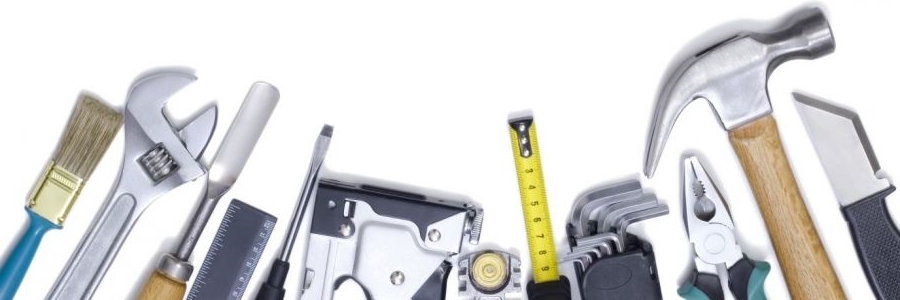

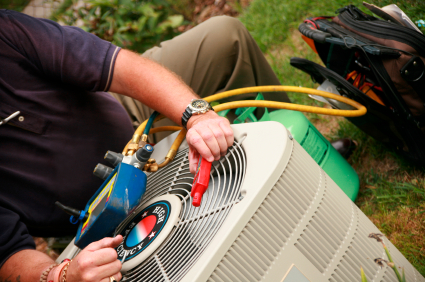

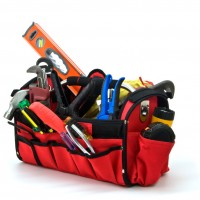 As the owner of rental properties, whether it be one or multiple units, annual inspections are a vital part of the process. Sometimes, you might have a long-term tenant that religiously renews that lease year after year – and you appreciate that. However, unless you employ a property manager to handle daily operations, property upkeep is your responsibility and you’ll need to perform the occasional inspection while a unit is still occupied.
As the owner of rental properties, whether it be one or multiple units, annual inspections are a vital part of the process. Sometimes, you might have a long-term tenant that religiously renews that lease year after year – and you appreciate that. However, unless you employ a property manager to handle daily operations, property upkeep is your responsibility and you’ll need to perform the occasional inspection while a unit is still occupied. “There isnt enough time to do time to do preventive maintenance,” might be the battle cry for every new maintenance supervisor.
“There isnt enough time to do time to do preventive maintenance,” might be the battle cry for every new maintenance supervisor.


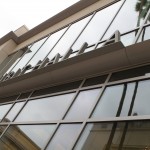
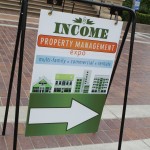


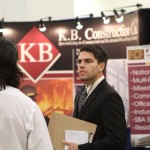
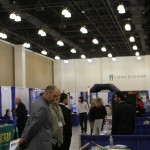

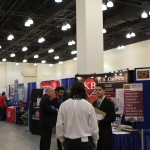



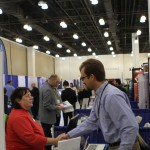






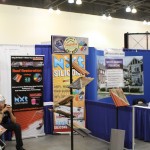
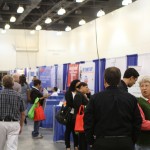






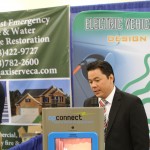

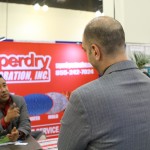




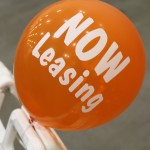



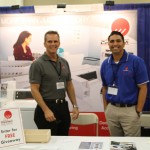
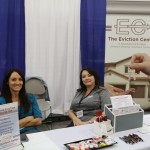
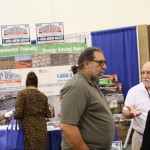
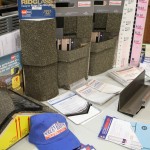


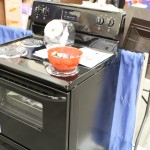

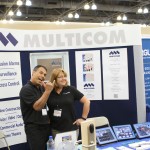

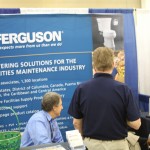
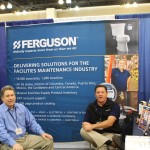
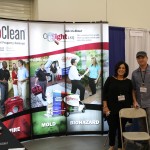


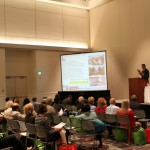
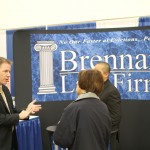







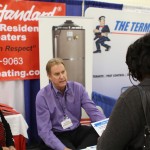





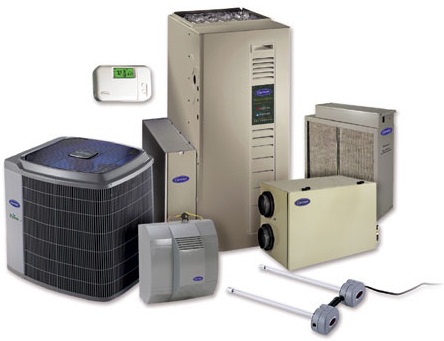 CNN
CNN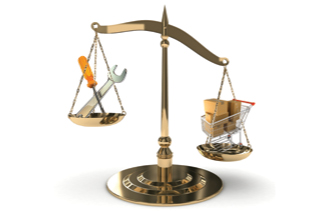 Rental property renovations open the doors for financial rewards through potential rental or selling price increases. However, deciding
Rental property renovations open the doors for financial rewards through potential rental or selling price increases. However, deciding 
